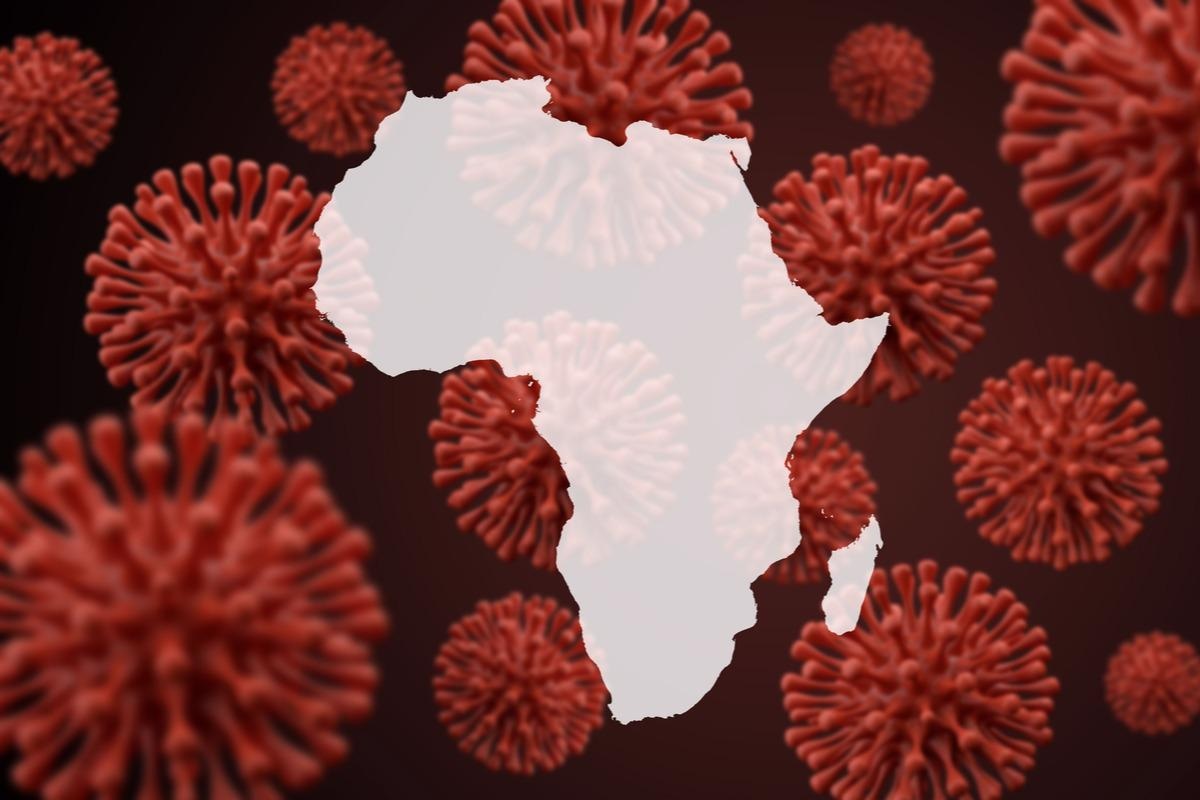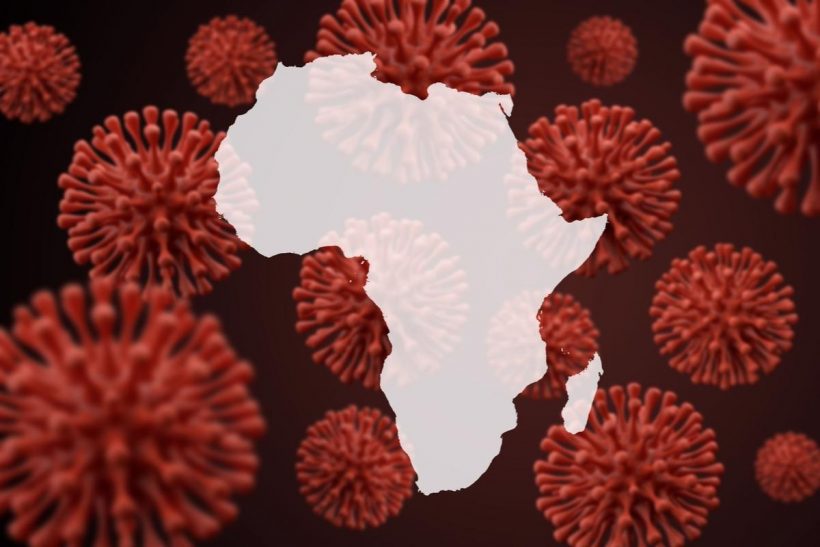As Africa prepares for a new wave of infections, several nations debate the best strategy for surviving the coronavirus disease 2019 (COVID-19) pandemic. When faced with a probable new upsurge, the containment techniques used at the start of the pandemic may prove impossible to implement. As a result, suitable limits compatible with geography, economic activity, and living conditions will be required. Many African countries have been experiencing economic disruptions since 2020 due to policy and administrative efforts to slow the spread of the COVID-19 virus.
 Study: Preserving lives or livelihoods? Examining the COVID-19 pandemic policy responses in Africa. Image Credit: Ink Drop/Shutterstock
Study: Preserving lives or livelihoods? Examining the COVID-19 pandemic policy responses in Africa. Image Credit: Ink Drop/Shutterstock
The health-protecting measures have had significant socioeconomic implications. At the height of the lockdown, Africa’s real GDP fell by 5%, and a huge percentage of households lost their jobs and income, which had serious welfare repercussions due to a lack of social safety systems. The lockdowns were also associated with a high everyday violence and criminality rate.
Studying the trade-offs created by stringency measures in Africa is an important policy for two reasons. First, the World Health Organization (WHO) guidelines for containing the pandemic were designed for settings and conditions in rich nations and were not always applicable to developing countries. Second, unlike their counterparts in wealthy countries, African countries and households find it extremely difficult to recover from major shocks.
In a preprint available on the In Review* preprint server, a group of researchers address the following research questions: how can they evaluate the effects of policy measures on socioeconomic conditions to their effectiveness in stopping the spread of the virus? What additional measures do African countries need to manage a pandemic effectively?
The study
The findings demonstrate that reducing the mobility of people around the mean (–18%) can result in a 1% reduction in daily infection rates and a 0.6% reduction in mortality rates. Similarly, daily infection rates could be reduced by 1.5% using the Stringency Index around the mean (51%). However, compared to the findings of affluent countries, the effectiveness of lockdowns is generally low. In Switzerland, for example, a 1% drop in people’s mobility resulted in a 0.88 to 1.11% reduction in daily infections. In contrast, in data from this study, the figure was 0.05%, which is far too little to have a significant impact on infection rates within an acceptable timeframe.
To illustrate the contrast, everyday infection rates in Africa would be cut in half within 70 days if people’s movement was reduced by half on average. However, if lockdowns were as effective as Switzerland, it would only take four days. Due to the many aspects at play, such as demographic profile, living conditions, and so on, there has been no clear agreement among experts on the efficiency of lockdowns in containing the COVID-19 epidemic.
As a result, lockdowns and draconian measures should be supplemented by additional means. Testing and tracking capabilities, for example, had a key impact in lowering the fatality rate. During the study period, the average level of testing and tracing obtained resulted in a 1.4% reduction in daily fatality rates. After a certain threshold, a community’s understanding of the pandemic may help to limit infections. For example, if community understanding reaches 40% of the population, daily infection rates could be reduced by 1.6%.
The findings of the fixed effects regression model illustrate the effect of changes in people’s monthly movement on the illumination of nightlights. After accounting for unobserved time-invariant components and time-fixed effects, a 1% drop in people mobility might result in a 0.01% reduction in nightlight illumination or comparable real GDP growth. A one-standard-deviation drop in mobility (about 20%) could result in a 2% drop in real GDP growth. The influence on employment and home welfare, as a result, is self-evident. According to previous studies, over 256 million people in Ethiopia, Malawi, Nigeria, and Uganda lived in households that lost income due to the pandemic, based on a high-frequency phone survey.
Implications
There is a lot of talk right now about using this pandemic to alter African economies, reform institutions, and even economic management. Pandemics, such as the current one, typically present possibilities to progress toward a more sustainable and equitable economic environment while posing a significant obstacle. It’s worth noting that vaccinations and their widespread distribution could provide an essential buffer. Africa may need to build production and distribution capacity to protect its population from the next pandemic.
*Important notice
This study is a preliminary scientific report that has not yet been peer-reviewed and, therefore, should not be regarded as conclusive, guide clinical practice/health-related behavior, or treated as established information.
-
Ndung'u, N., Shimeles, A. and Thorbecke, E. (2022) "Preserving lives or livelihoods? Examining the COVID-19 pandemic policy responses in Africa". doi: 10.21203/rs.3.rs-1143592/v1. https://www.researchsquare.com/article/rs-1143592/v1
Posted in: Medical Science News | Medical Research News | Disease/Infection News
Tags: Coronavirus, Coronavirus Disease COVID-19, covid-19, Frequency, Mortality, Pandemic, Research, SARS, SARS-CoV-2, Virus
.jpg)
Written by
Colin Lightfoot
Colin graduated from the University of Chester with a B.Sc. in Biomedical Science in 2020. Since completing his undergraduate degree, he worked for NHS England as an Associate Practitioner, responsible for testing inpatients for COVID-19 on admission.
Source: Read Full Article






